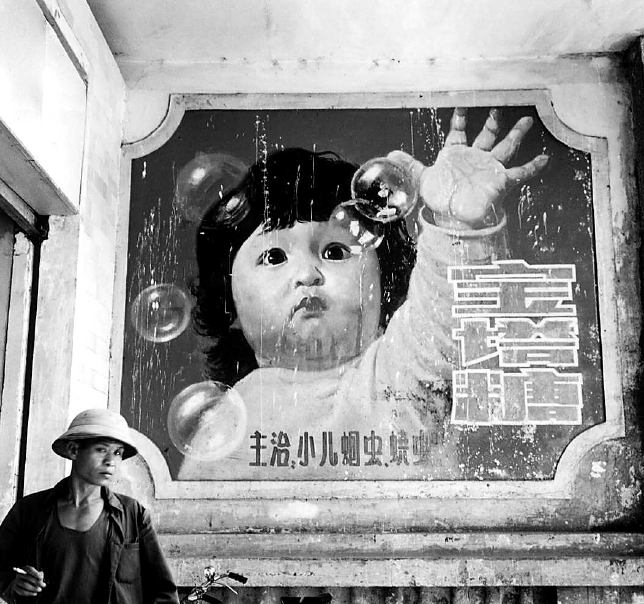
Chicago, United States, 1928
EDUCATION:
1948-1950: New York University, BA in art history
1964-1966: Institute of Design at Illinois Institute of Technology
CAREER:
1964: New Trier High School in Winnetka, Illinois
1967: School of the Art Institute of Chicago
1969-1983: Visiting professor at numerous colleges, including the Institute of Design at the Illinois Institute of Technology, the School of the Museum of Fine Arts of Boston, University of the Arts in Philadelphia, Bezalel Academy of Art and Design in Jerusalem, Cornell University
1995: Professor emerita of photography, School of the Art Institute of Chicago
WORK:
Crane's photography has featured in over 90 solo exhibitions since 1965, and seven retrospective exhibitions have been mounted to date. The most recent, Barbara Crane: Challenging Vision, opened at the Chicago Cultural Center in October 2009 before traveling to the Amon Carter Museum of American Art in Texas and the Griffin Museum of Photography in Massachusetts.
EXHIBITIONS:
George Eastman House/International Museum of Photography, Rochester, New York
Art Institute of Chicago
Museum of Contemporary Photography, Chicago
Museum of Contemporary Art, Chicago
Museum of Modern Art, New York
Library of Congress, Washington
Center for Creative Photography, Tucson, Arizona
Bibliotheque Nationale and FNDC, Paris
Thessaloniki Museum of Photography, Greece
WestLicht Museum of Photography, Vienna
HONORS AND AWARDS:
1974: National Endowment for the Arts grant
1979: John Simon Guggenheim Memorial Fellowship in Photography
1988: National Endowment for the Arts grant
2001: Illinois Arts Council Artists Fellowship Award in Photography
2006: Honored as a distinguished artist by the Union League Club of Chicago and Brown University
2009: First recipient of the Ruth Horwich Award to a Famous Chicago Artist, conferred by the City of Chicago Department of Cultural Affairs
2013: Honored by the Hyde Park Art Center in Chicago
2015: Silver Camera Award from the Museum of Contemporary Photography at Columbia College, Chicago
2016: Professional Achievement Award from the Illinois Institute of Technology
The US photographer who captured changing China

"I photographed their beds," she recalled. "There were two kinds of beds: one with mosquito netting, the other was in brick recesses in the wall. ... In some villages, the pigs slept in the house with the people.
"The people shared their lives with me, invited me for meals and gave me so much. I tried to convey it through the photos taken in China."
Because Crane was allowed to go where foreigners previously were not permitted, she headed to some remote areas. On her way, she took all means of transportation, including a tractor. "At that time, I couldn't find any cabs, but I wanted to interview and see people in the real rural areas, so one way of transportation was by tractor," she said. "The dust was covering my eyes."
Shen Wei, a college student at Fudan University in Shanghai at the time, was selected by the government to serve as Crane's translator. She traveled with the photographer for a month and witnessed firsthand the chemistry between Crane and the Chinese villagers.
China was underdeveloped at that time, "but I was used to that", Shen said. "I didn't feel very proud. But she (Crane) captured things that Chinese in those days might not have recorded, discovered totally from an American perspective."
Shen, now a business executive shuttling between the US and China, kept in touch with Crane after the trip.
"From her perspective, China was so unique. She found special beauty," Shen said. "She loved people, and people loved her back. That's the amazing part - they could sense this American was genuinely interested in their lives, in their culture. They surrounded her with love."
The images that captured Crane's unique perspective on a historic period in China, however, have never been published.


